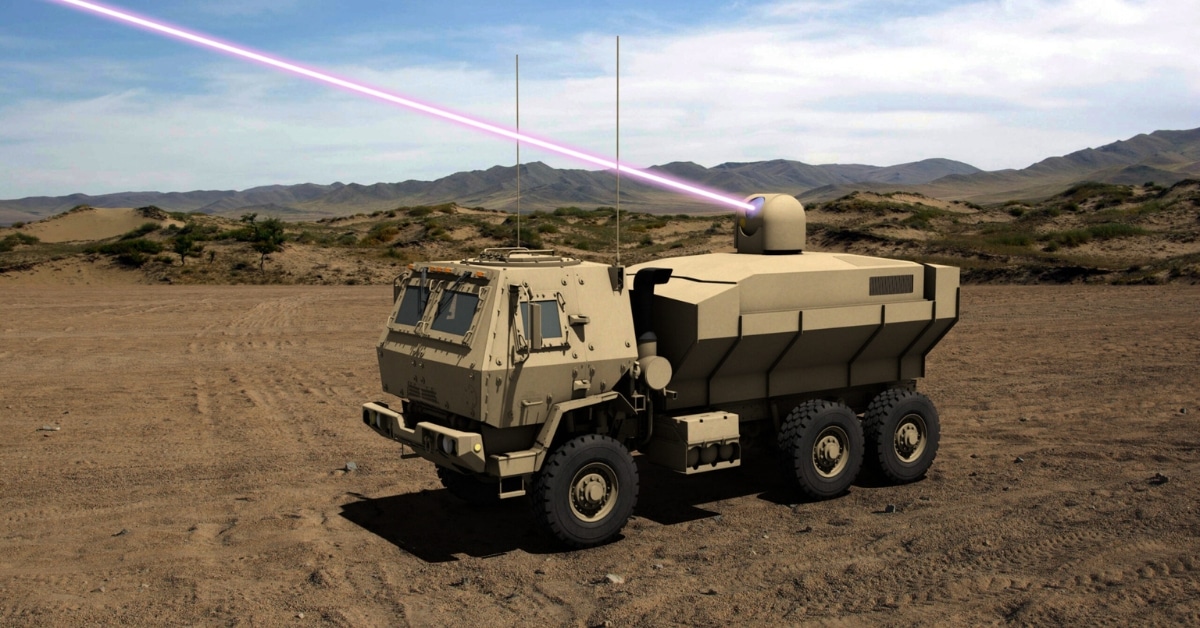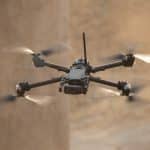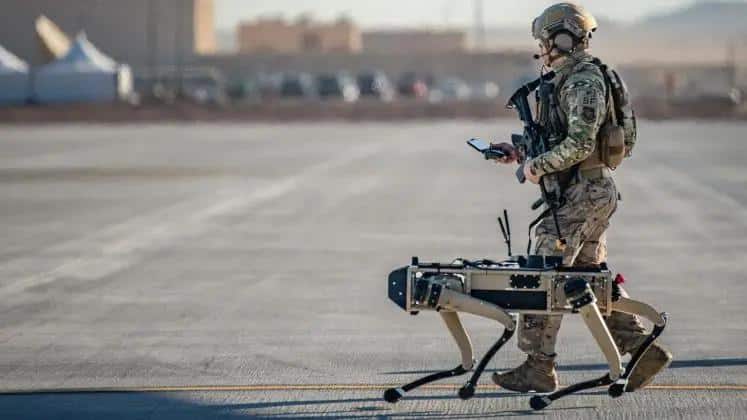Laser weapons are now a technological reality, redefining the rules of modern warfare at the speed of light.
Ukraine recently unveiled an innovative laser weapon system called Tryzub, marking a major advance in its air defense capabilities. This development places the country among a small circle of military powers that have taken a significant technological step forward in the field of directed energy weapons.
A global circle of military laser elite
Ukraine is not alone in exploring this avenue. Several countries have already developed or actively tested laser weapons systems:

- USA : The Laser Weapon System (LaWS) has been deployed on US Navy ships and successfully tested against drones and small craft.
- Israel: The Iron Beam system has proved remarkably effective against rockets and drones.
- UK, Russia, China & France: These nations have carried out advanced tests (DragonFire, Peresvet, Chinese anti-drone systems, HELMA-P), but none has yet engaged these systems in real combat.
Ukraine, pioneer of the laser system in a war situation
What sets Ukraine apart is the operational use of Tryzub in the midst of active warfare. It is the first country in the world to openly employ a laser weapon against real targets in an ongoing conflict, a game-changing step.

The Tryzub system is designed to neutralize several types of aerial threat:
- Kamikazes drones
- Cruise and ballistic missiles,
- Helicopters and manned aircraft,
- And even optical systems (via blinding or jamming).
Tryzub’s operational capabilities
- Neutralization of drones, helicopters and aircraft: range up to 5 km
- Destruction of cruise/ballistic missiles: up to 3 km
- Blinding or optical disorientation: up to 10 km
At present, the system is controlled manually via a joystick, but automation is planned for future developments.

Use on the battlefield
In May 2025, during a Russian drone attack in the Kharkiv region, the Tryzub system reportedly neutralized nine Shahed-136 drones in less than four minutes. Ukrainian military sources claim that in one week of operations, Tryzub intercepted over 40 aerial targets, with a success rate of over 85% in favorable weather conditions. This operation marks the first large-scale tactical deployment of a laser weapon in active combat, demonstrating its potential to change the economics of air defense
Origin and development
Although presented as a 100% Ukrainian innovation, some analysts believe that Tryzub is partly inspired by the British DragonFire system. In April 2024, the former British Defense Minister, Grant Shapps, raised the possibility of transferring the technology to Ukraine to speed up its defence.
Strategic issues
The Tryzub represents a technological response to kamikaze drone attacks, such as the Iranian Shahed-136 used by Russia. Unlike traditional defense systems, laser weapons offer a more economical and sustainable solution, with reduced operational costs and virtually unlimited firing capacity as long as a power source is available.
In the midst of war, Ukraine is not just resisting: it is innovating militarily and redefining the contours of the battlefield. The Tryzub is not just a technological showcase – it is the first laser system actually used in modern warfare, paving the way for a new era of directed-energy weaponry.





